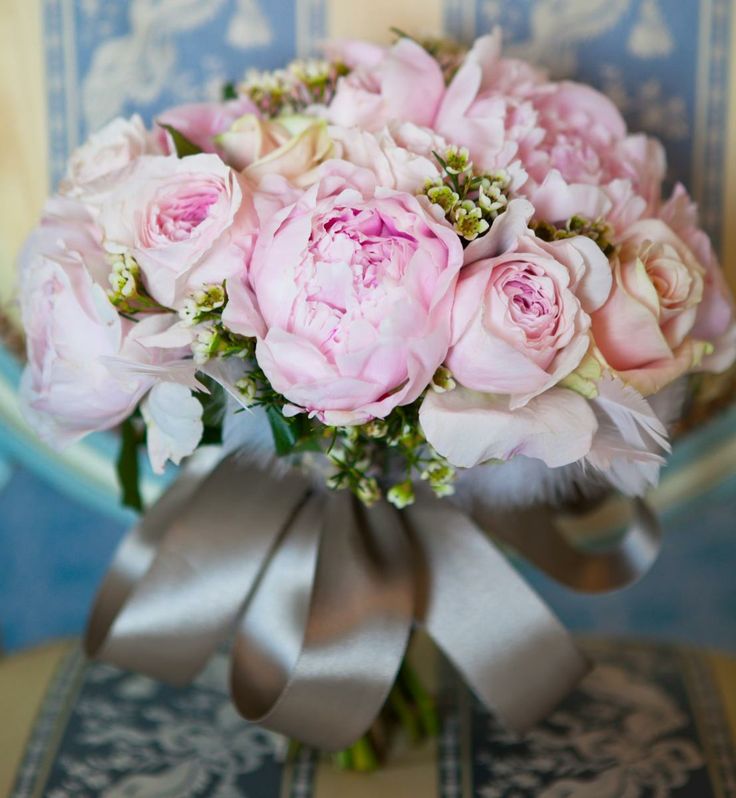Extreme weather conditions can pose significant challenges to the health and vitality of your flower garden. From scorching heatwaves to freezing cold snaps, your delicate blooms are vulnerable to the whims of Mother Nature. Fortunately, mulching provides a simple yet effective solution for protecting your flowers and ensuring their survival through even the most extreme weather events. In this guide, we’ll explore mulching techniques that serve as guardians of growth, shielding your flowers from harsh conditions and nurturing their beauty and resilience.









The Importance of Mulching
Mulching offers a multitude of benefits for flower beds, including:
- Moisture Retention: Mulch acts as a protective barrier, reducing evaporation and helping the soil retain moisture during dry spells. This is particularly crucial during heatwaves when flowers are at risk of drought stress.
- Temperature Regulation: Mulch insulates the soil, keeping it cooler in hot weather and warmer in cold weather. This helps to buffer extreme temperature fluctuations that can damage delicate roots and shoots.
- Weed Suppression: Mulch inhibits weed growth by blocking sunlight and preventing weed seeds from germinating. This reduces competition for resources and allows your flowers to thrive without interference.
- Soil Health: As mulch breaks down, it adds organic matter to the soil, enriching its structure and fertility. This promotes healthy root development and enhances overall plant growth and vigor.
Mulching Techniques for Extreme Weather Protection
- Choose the Right Mulch: Select a mulch material that is suitable for your climate and weather conditions. Organic mulches such as shredded bark, straw, or compost provide excellent insulation and moisture retention, while inorganic mulches such as gravel or landscape fabric offer long-lasting weed suppression and erosion control.
- Apply a Thick Layer: Apply a generous layer of mulch around your flowers, aiming for a depth of 2-4 inches. This will provide adequate insulation and protection against extreme temperatures, as well as effective weed suppression.
- Mulch Around the Base: Concentrate mulch around the base of your flowers, leaving a small gap between the mulch and the stems to prevent rot and fungal diseases. Avoid piling mulch directly against plant stems, as this can create a moist environment that promotes rot and pest infestations.
- Refresh Mulch Regularly: Monitor the condition of your mulch and replenish it as needed to maintain a consistent layer. Mulch can break down over time, especially in extreme weather conditions, so it’s essential to top it up periodically to ensure continued protection for your flowers.
- Mulch Before Extreme Weather Events: Apply mulch before extreme weather events such as heatwaves, frosts, or heavy rainfall to preemptively protect your flowers from potential damage. Mulch acts as a buffer against temperature fluctuations and excessive moisture, helping your flowers withstand adverse conditions more effectively.
Conclusion
Mulching is a simple yet powerful tool for protecting your flowers during extreme weather conditions. By providing insulation, moisture retention, weed suppression, and soil enrichment, mulch acts as a guardian of growth, nurturing your flowers and ensuring their resilience in the face of adversity. Whether you’re facing scorching heatwaves, freezing cold snaps, or torrential downpours, mulching techniques offer a reliable and effective means of safeguarding your flowers and preserving their beauty and vitality. With proper mulching practices, you can create a flourishing flower garden that thrives through all seasons and weather conditions, bringing joy and beauty to your outdoor space year-round.